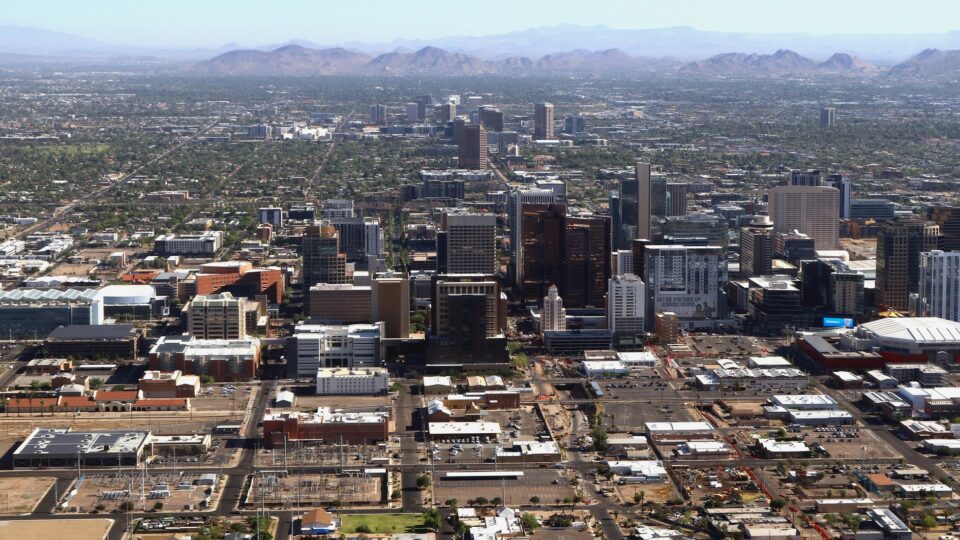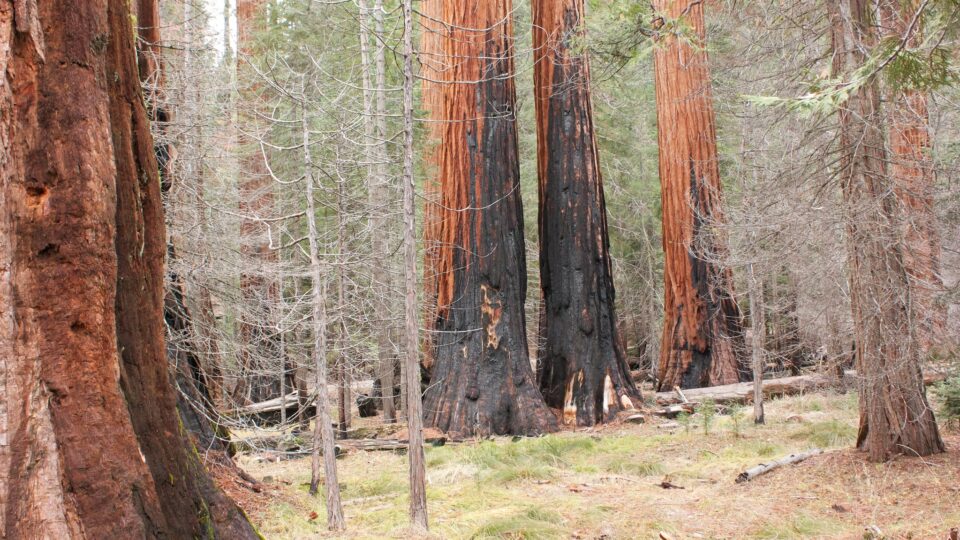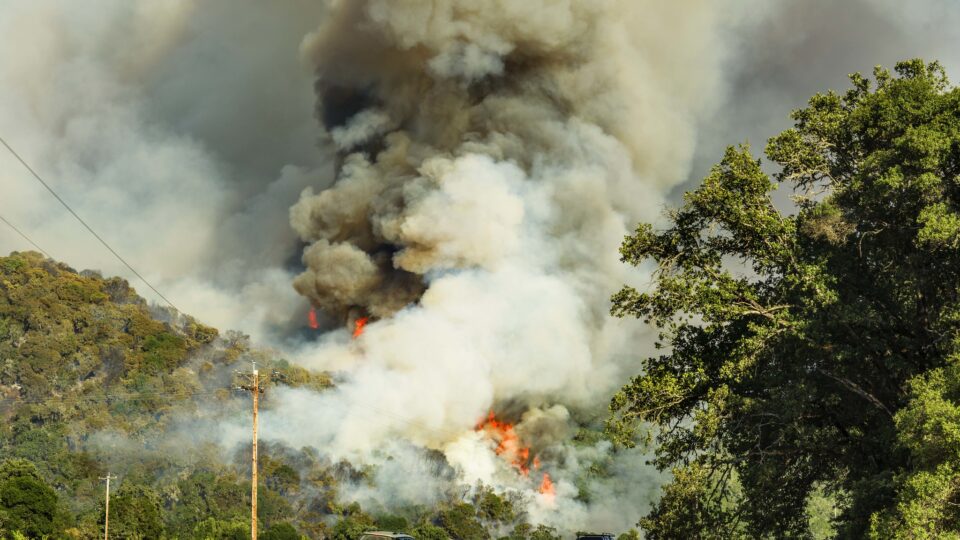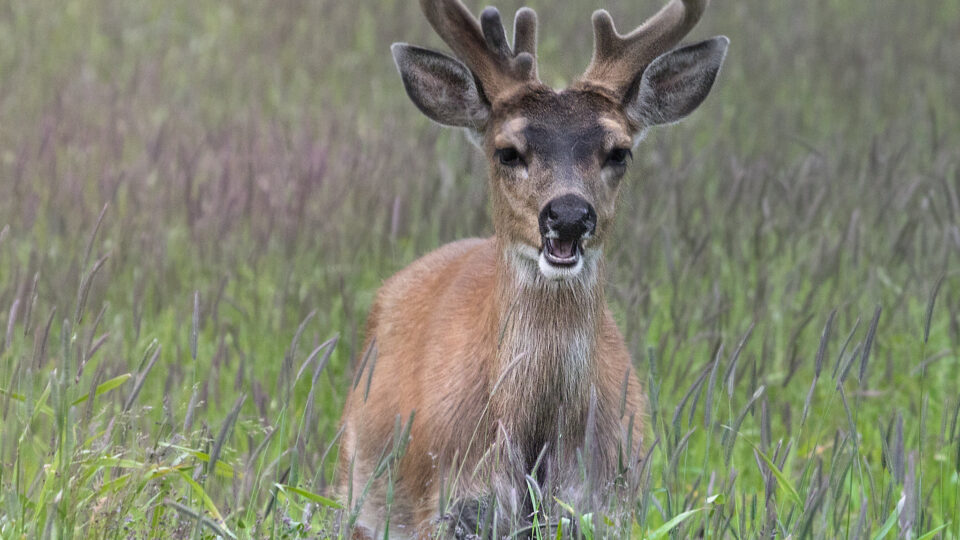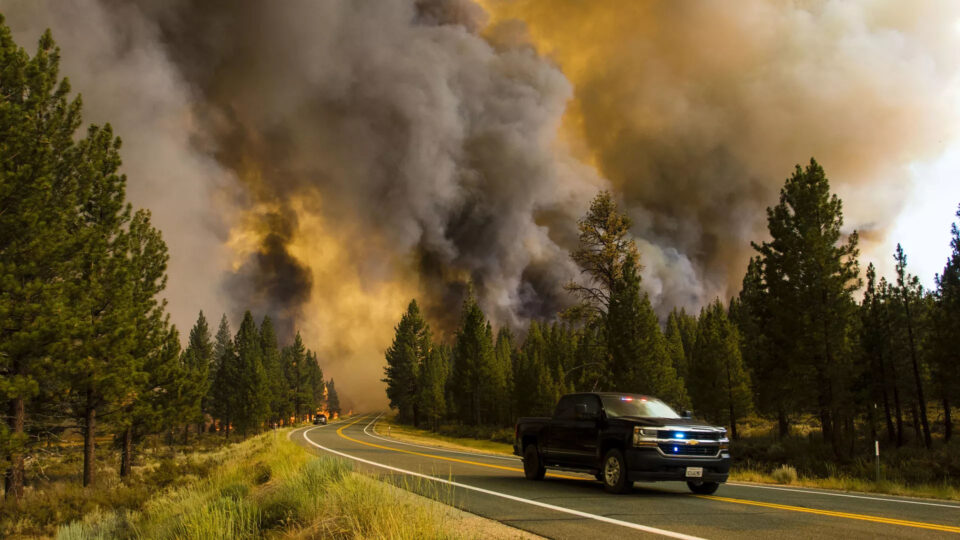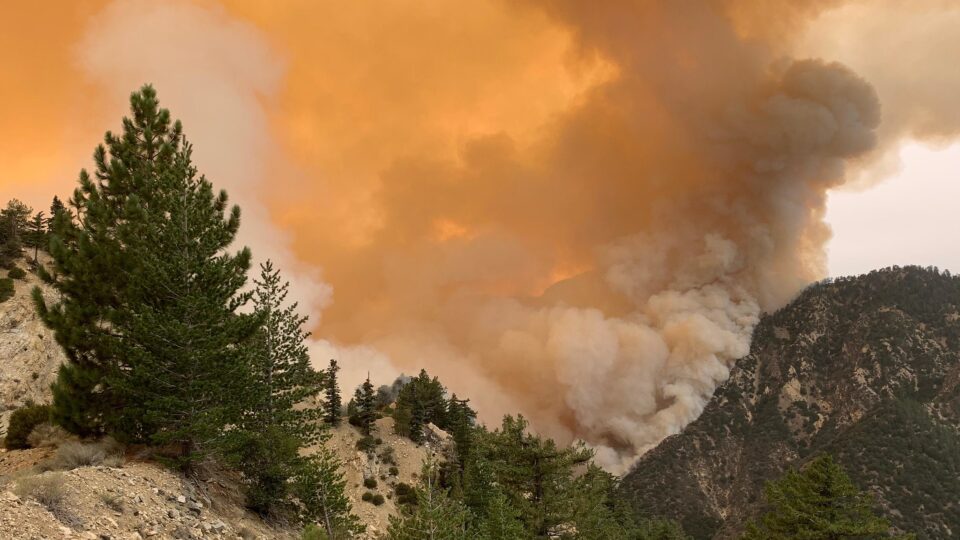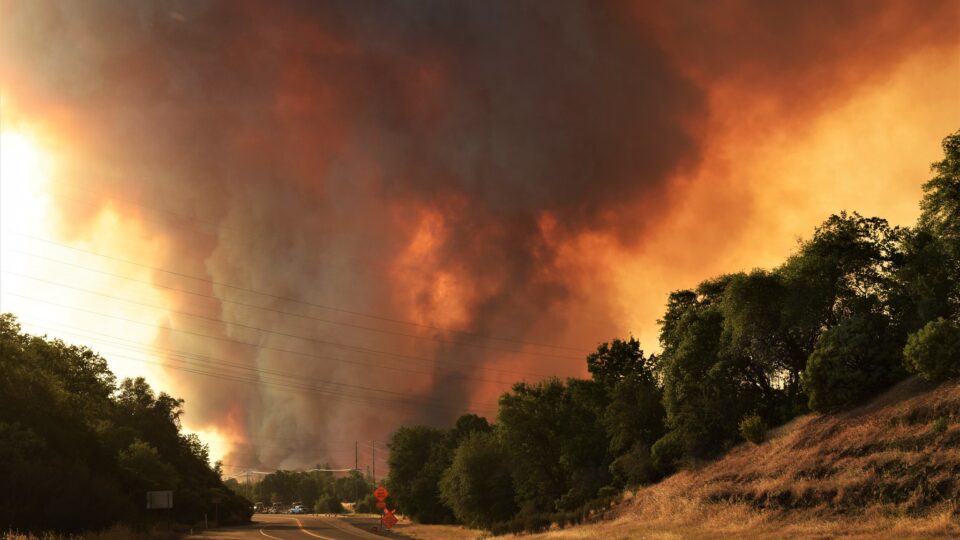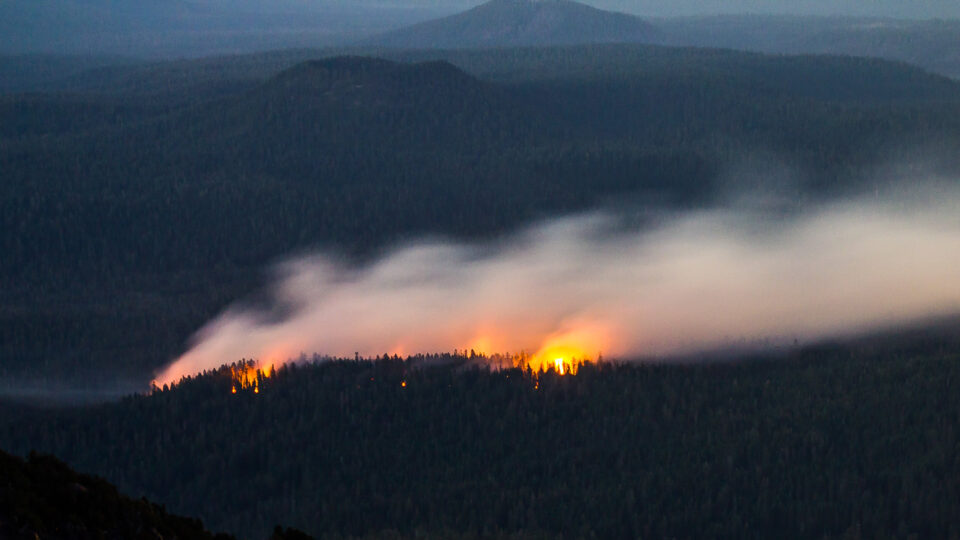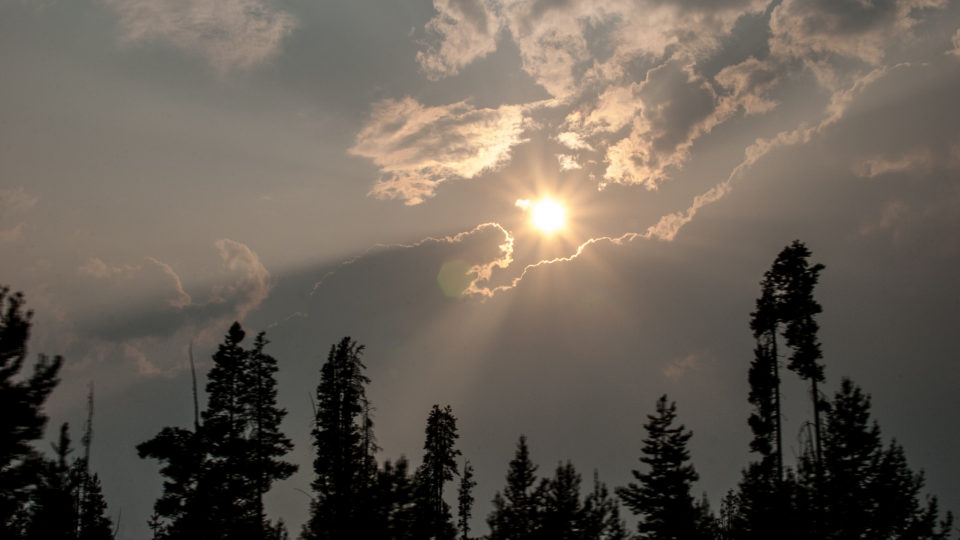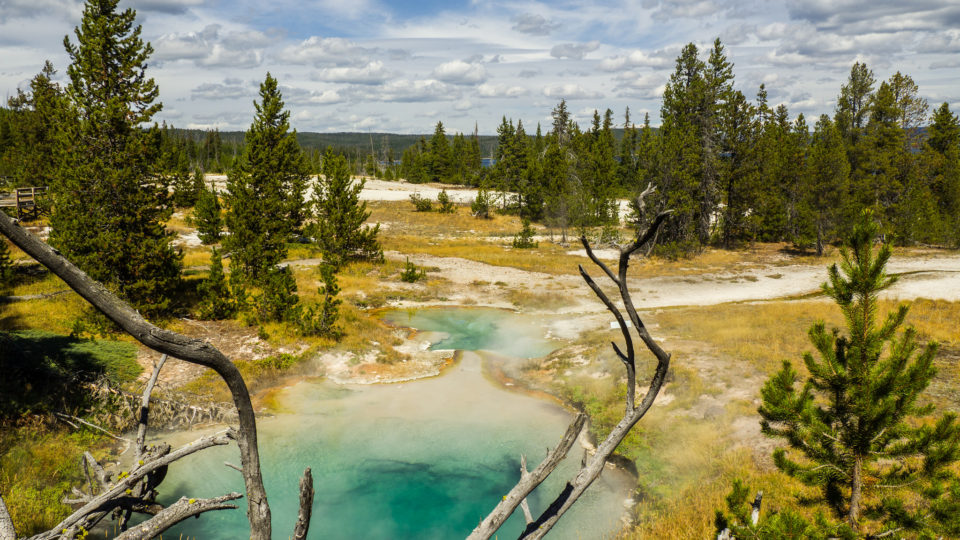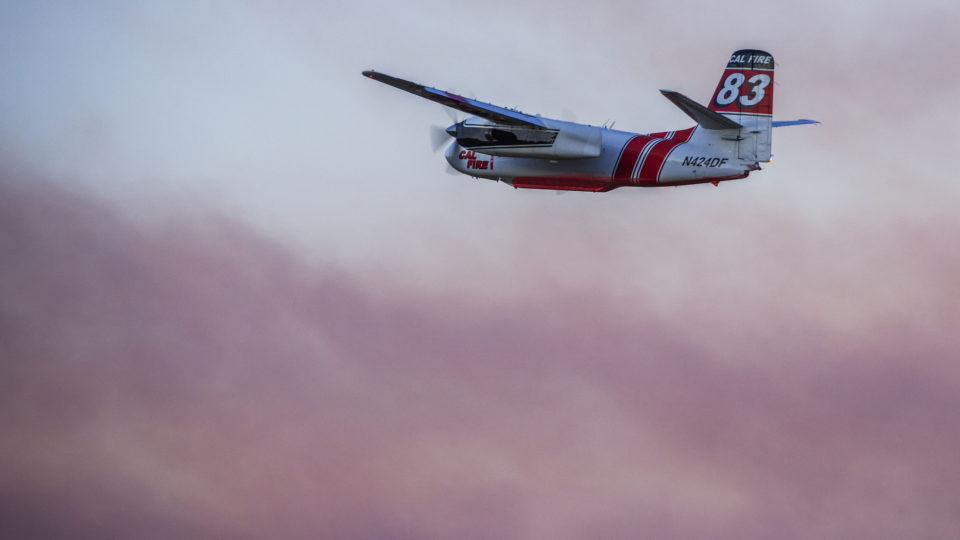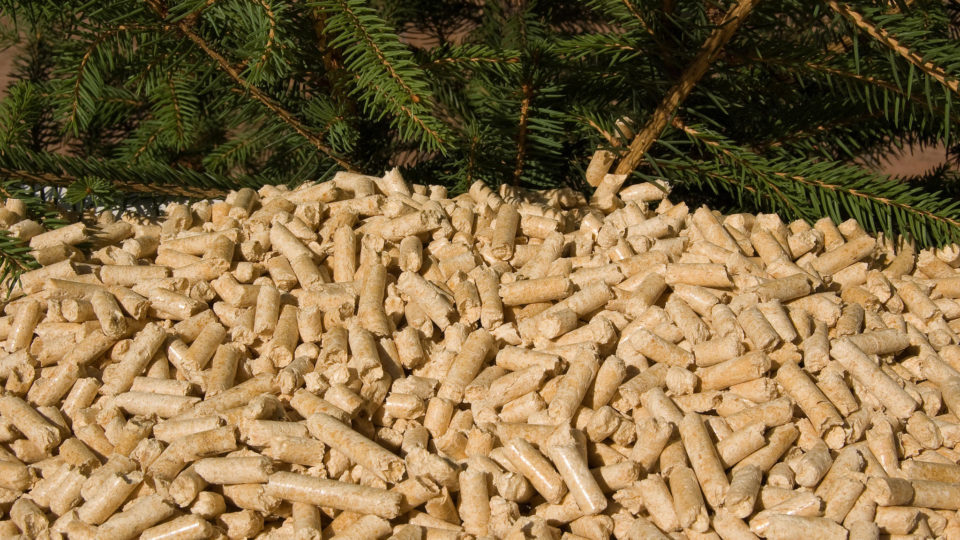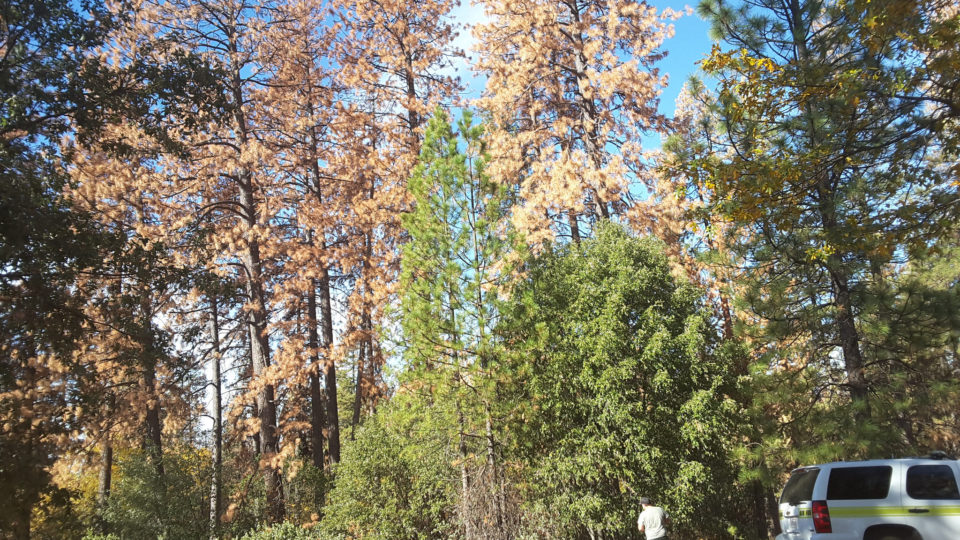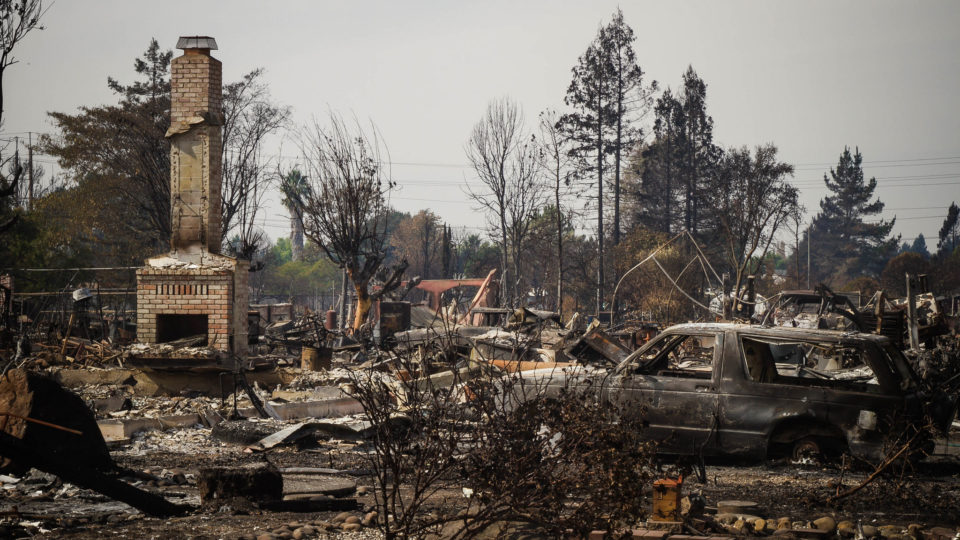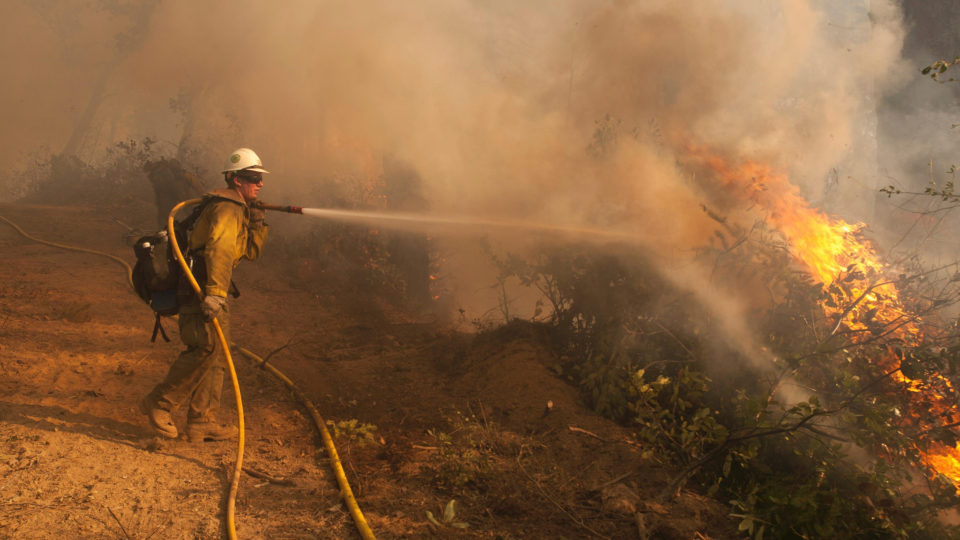The mythical Phoenix is a bird that repeatedly dies in a fire of its own making. During July, the five million inhabitants of greater Phoenix Arizona may have felt like they were reliving that myth as multiple temperature records were shattered in a massive heatwave.
On June 30, the high temperature in Phoenix was 110 degrees. From then on, the daily highs were relentlessly at or above 110 degrees, topping out at 119 on July 20. The previous record for consecutive days at or above 110 was 18 set in June 1974. The streak continued all the way until July 31, when incoming desert monsoons resulted in the high temperature dropping to 107 degrees – ending the streak at 31 days. Along the way, there were 16 days with temperatures at or above 115 degrees.
During the month, there were 17 consecutive days when the lowest temperature in Phoenix was at least 90 degrees. The previous record for that was 7 days, set in 2020. Because of these lofty low temperatures, July was also the hottest month in terms of average temperature with a reading well above 102 degrees. It was the first time that the average temperature has ever been in three digits. The previous record was 99.1 degrees in 2020.
Phoenix is an extreme case, but it was not alone in having a hot July. Globally, it was the hottest July on record that included major heat waves in the U.S., Mexico, China, southern Europe, and elsewhere. The daily record for the hottest average temperature on Earth ever measured was also broken several times during the month.
**********
Web Links
Phoenix heat wave is shattering temperature records
Photo, posted September 22, 2022, courtesy of Flickr.
Earth Wise is a production of WAMC Northeast Public Radio
